Descrizione
This wine, made from grapes grown from just one of Fonseca’s single estates, is a pure and terroir-driven wine that shows the nuance and complexity achievable in the Port district of the Douro.
Made in vintages that aren’t compatible with Vintage Port production, the result is a wine that is more approachable in youth, similar, for example, to Guimaraens, but that shows the complexity that a single site can offer. A broad, layered nose with flavours of sweet, black fruit, with integrated cedar and aniseed notes, leading to a sttuctured but accessible palate, soft and round, fleshy and rich.
This is a Vintage Port that for many will show the detail that Fonseca can achieve, while offering the generosity for which it is famed.
The house of Fonseca was established in 1815, which makes them a little younger than others, but allowed them to learn from the greats who had gone before them. Making wines that have been consistently lauded by critics for complex, generous and impressive wines, from vintage to vintage. The first Port house to produce a Port from certified organic grapes, Fonseca proudly maintain family management of vineyards and wine making decisions, leading the way in a micro-winery style of operation, the families who have been in charge since its creation have nurtured a winery that makes exotic, lavish and complex Ports.
“Port” as a wine style is one of the great, classic European wine styles and has a history that is as long as it is fascinating.
As a starting point, when we talk about Port we are talking about a wine that has been fortified by the addition of a grape spirit, usually a brandy, at some point during the fermentation of the wine. The wine can be red or white or rosé and the fortification is usually carried out early in the fermentation, at which point the fermentation is stopped in its tracks, as the yeasts stop working on account of the addition of the high alcohol spirit. This means that there is unfermented grape sugar left in the wine, which is why Port wines, as well as being higher in alcohol, are higher in sugar, richer and smoother than other wines.
But not all Port is created equal! One of the wonderful and sometimes confusing features of Port is the wide range of styles in which it is made, from the rich intense red and black berry flavours of Ruby styles like Reserve or Late Bottled Vintage (LBV) to the mellow, complex and nuttiness of Tawny styles, to powerful complexity of Vintage Ports and not forgetting the delicious crisp and complex styles of white and rosé Ports.
It has traditionally been served as a dessert wine or accompaniment to cheese courses, or even in the case of white Ports, as an aperitif. Today though, the food industry is embracing Ports to pair with spectacular success to international cuisine. And though this is an exciting development, there is still a cohort who just love Port with a fine cigar, or as the perfect foil to really good chocolate or even a lovely fireside chat.
Port wines are produced from grapes grown in the mountainous regions in the eastern zones of the Douro Valley in northern Portugal. The area of production as delineated by law made one of the earliest controlled wine production regions in the world (1756, the same year the Mozart was born) though wines have been made here for more than two thousand years. Port wines owe their distinctive character to a unique combination of climate, soil, grape variety and wine making traditions. One of the most notable and recognisable features being the incredibly beautiful terraced vineyards that facilitate the harvesting of grapes on seriously steep slopes. Almost all of the grapes in the region are indigenous to the region and Portugal and the wines are made of varieties such as the Touriga Nacional, Touriga Francesa and Tinta Barroca, facing the Douro river in some of the oldest vineyards, many of which are now classified as World Heritage.
Port was first shipped overseas in 1678. Although the wine is produced inland in the vineyards of the upper Douro Valley, it takes its name from the coastal city of Porto from where it was traditionally exported. Until well into the 20th century, the wine was carried down the river Douro from the vineyards in special boats known as barcos rabelos. The wine was then unloaded into the Port “lodges” of the Port producing houses, which line the narrow lanes of Vila Nova de Gaia, opposite the old city centre of Porto, where the wines are then aged, blended, bottled and, finally, shipped.

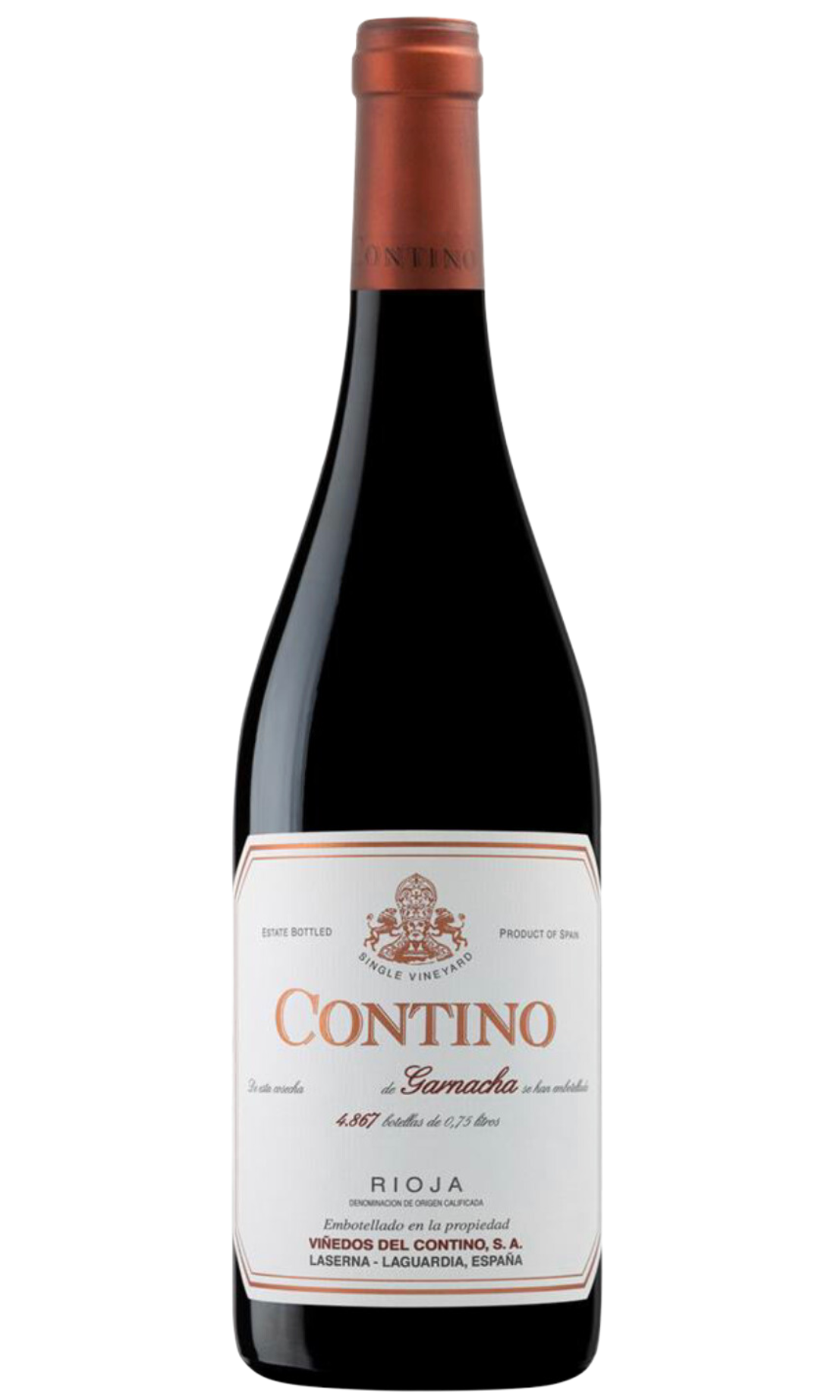
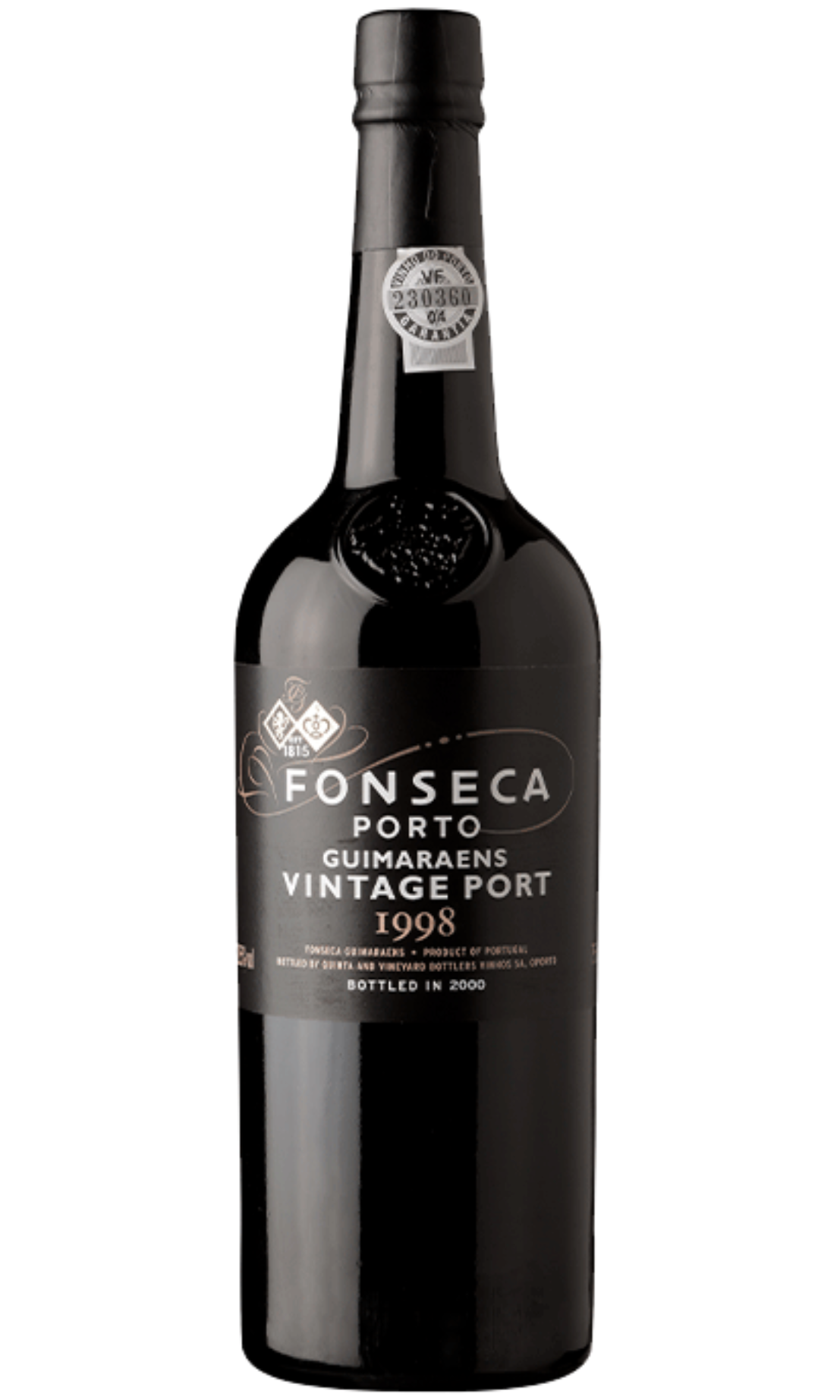
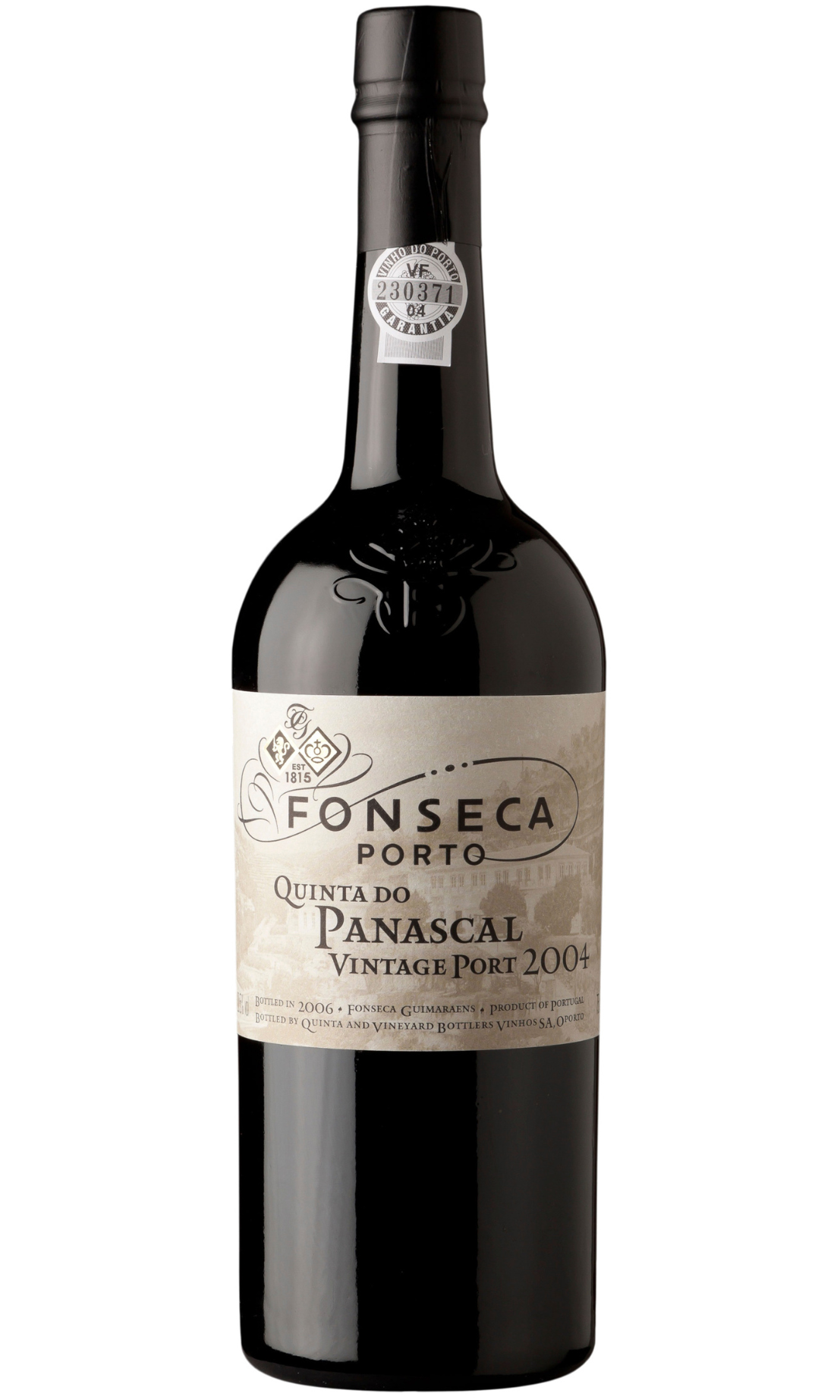
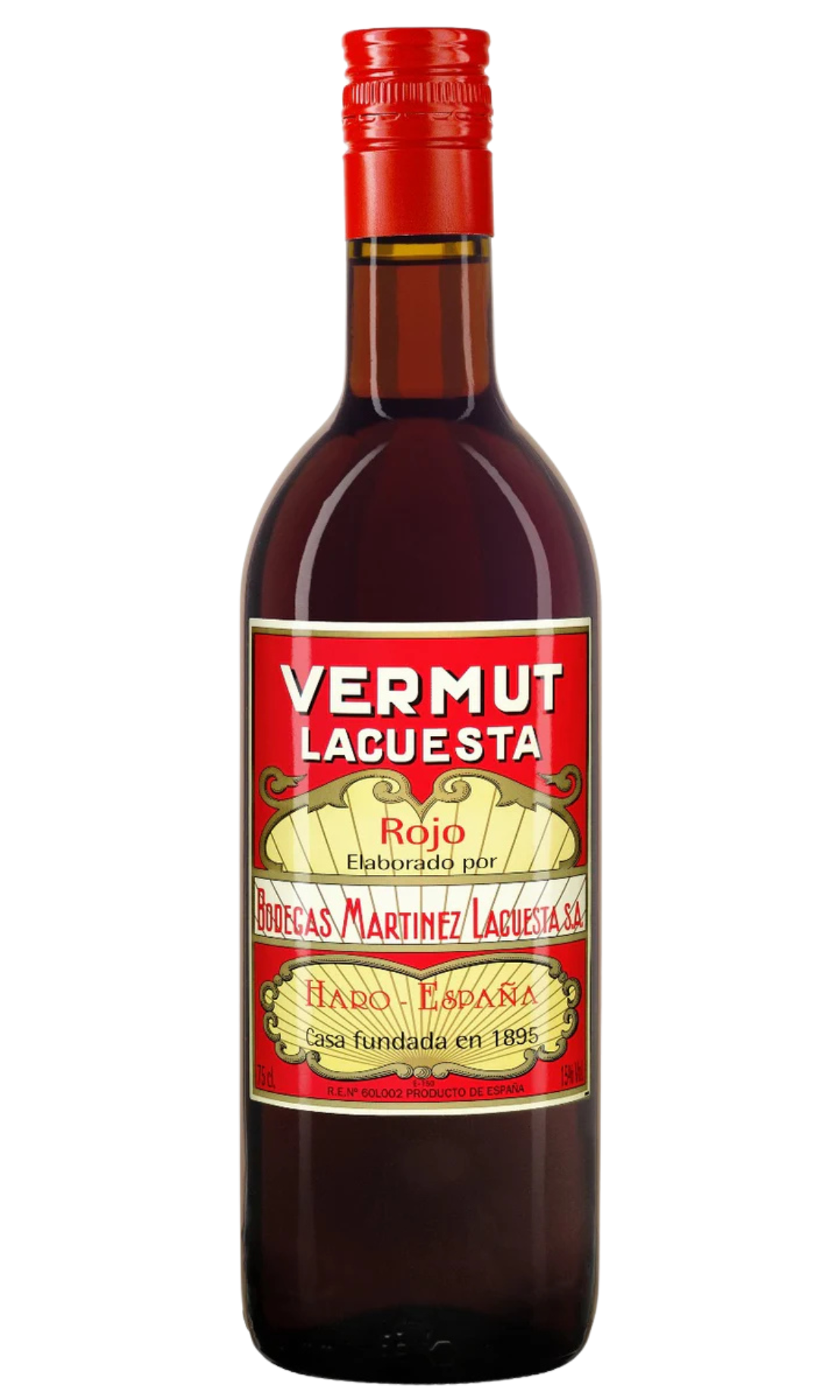
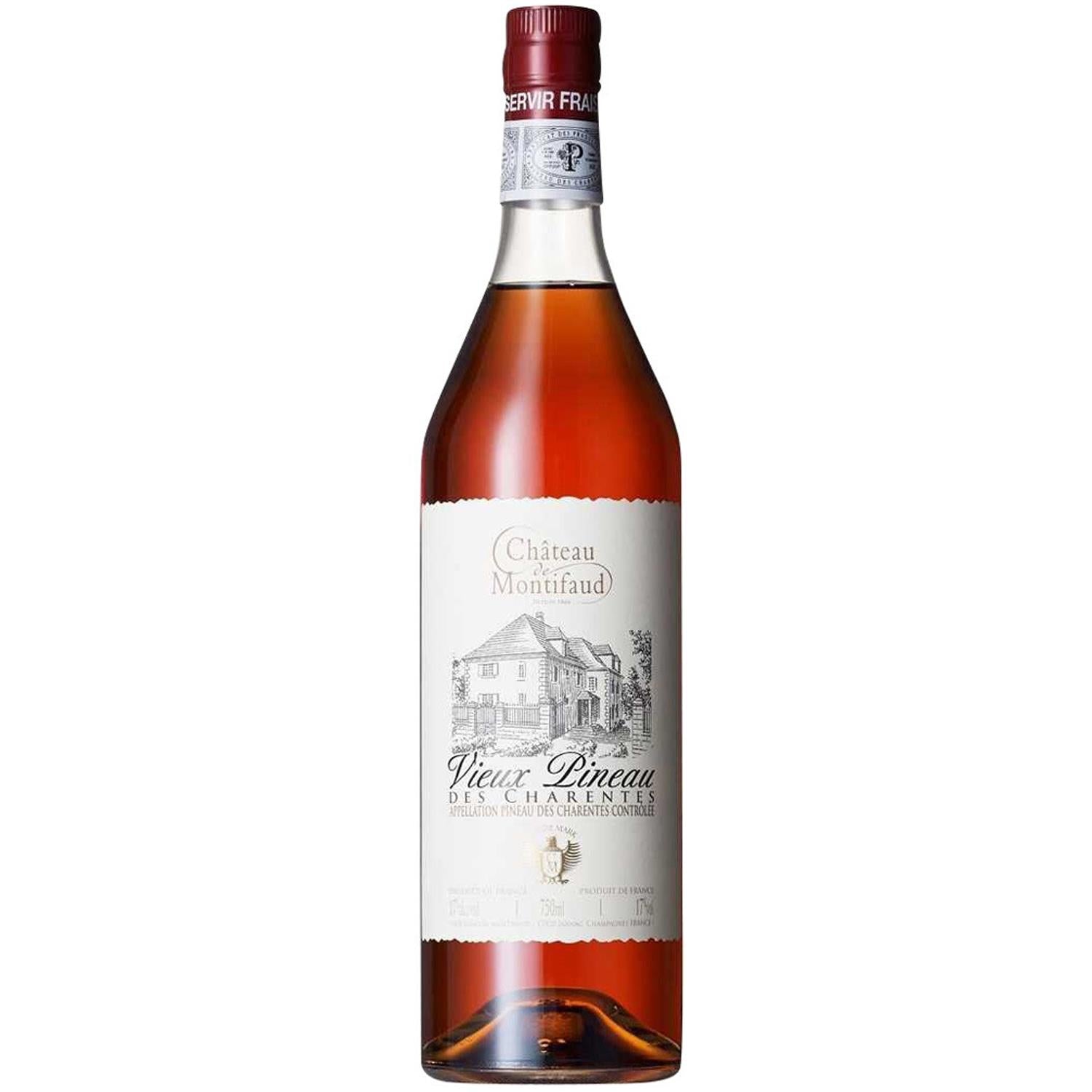
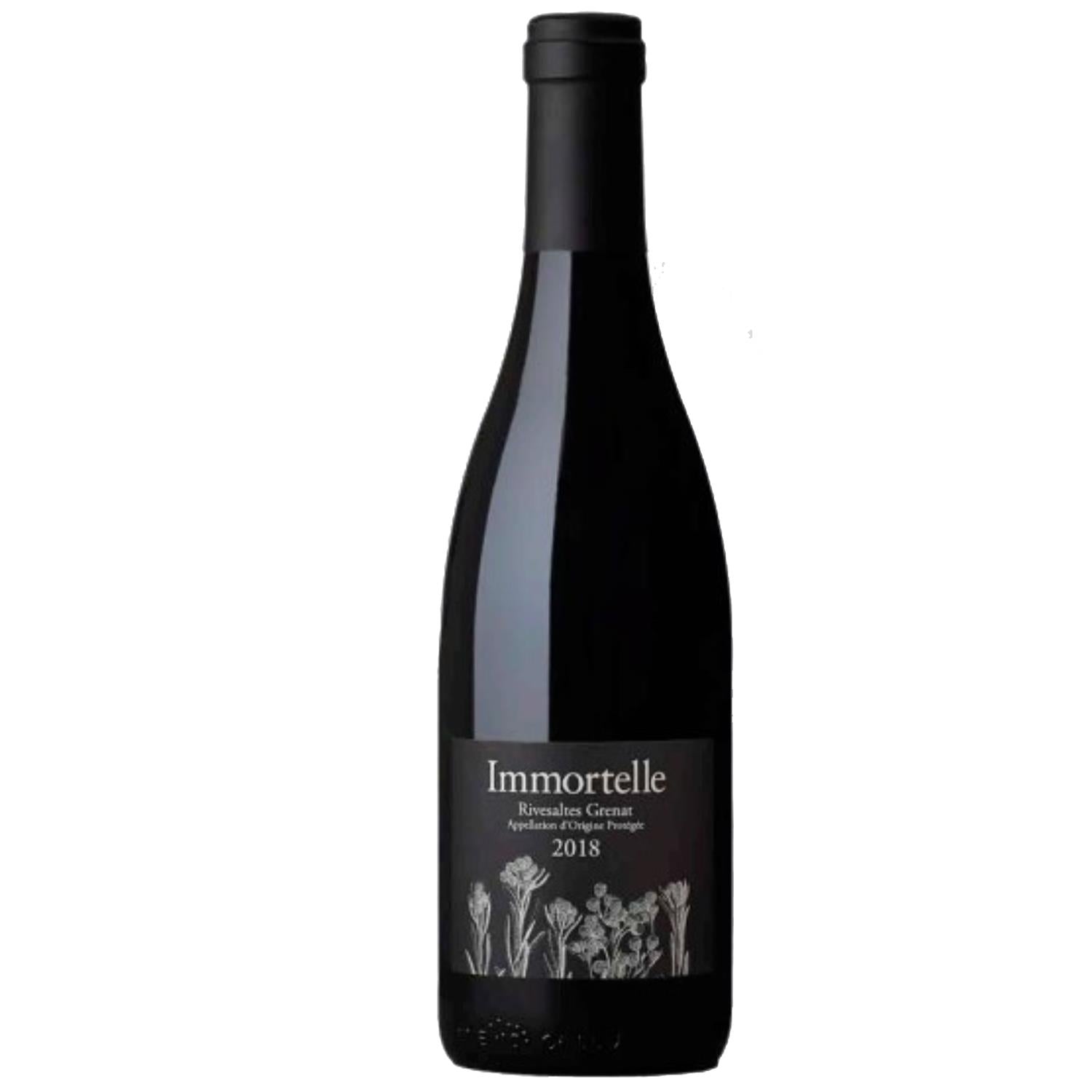
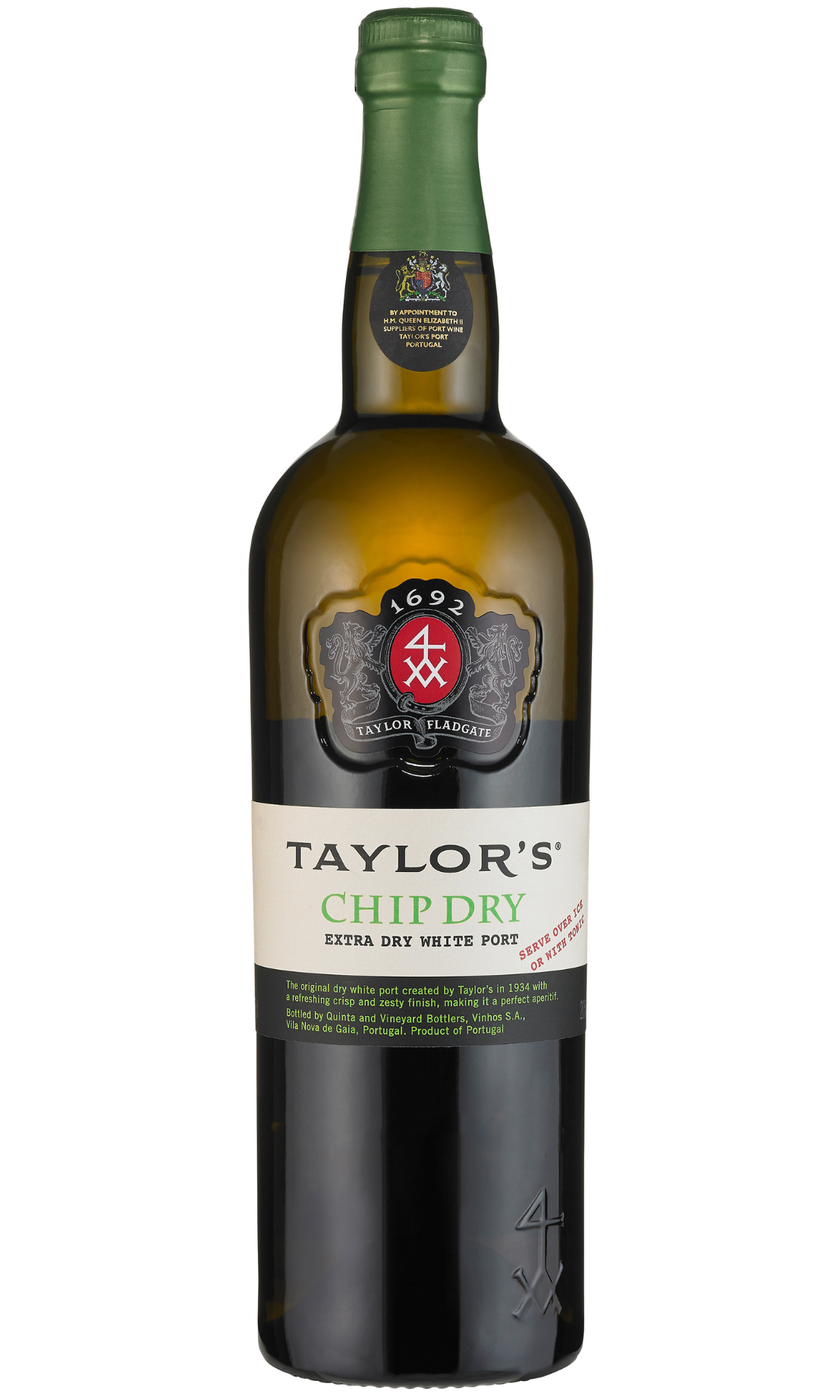
Recensioni
Ancora non ci sono recensioni.